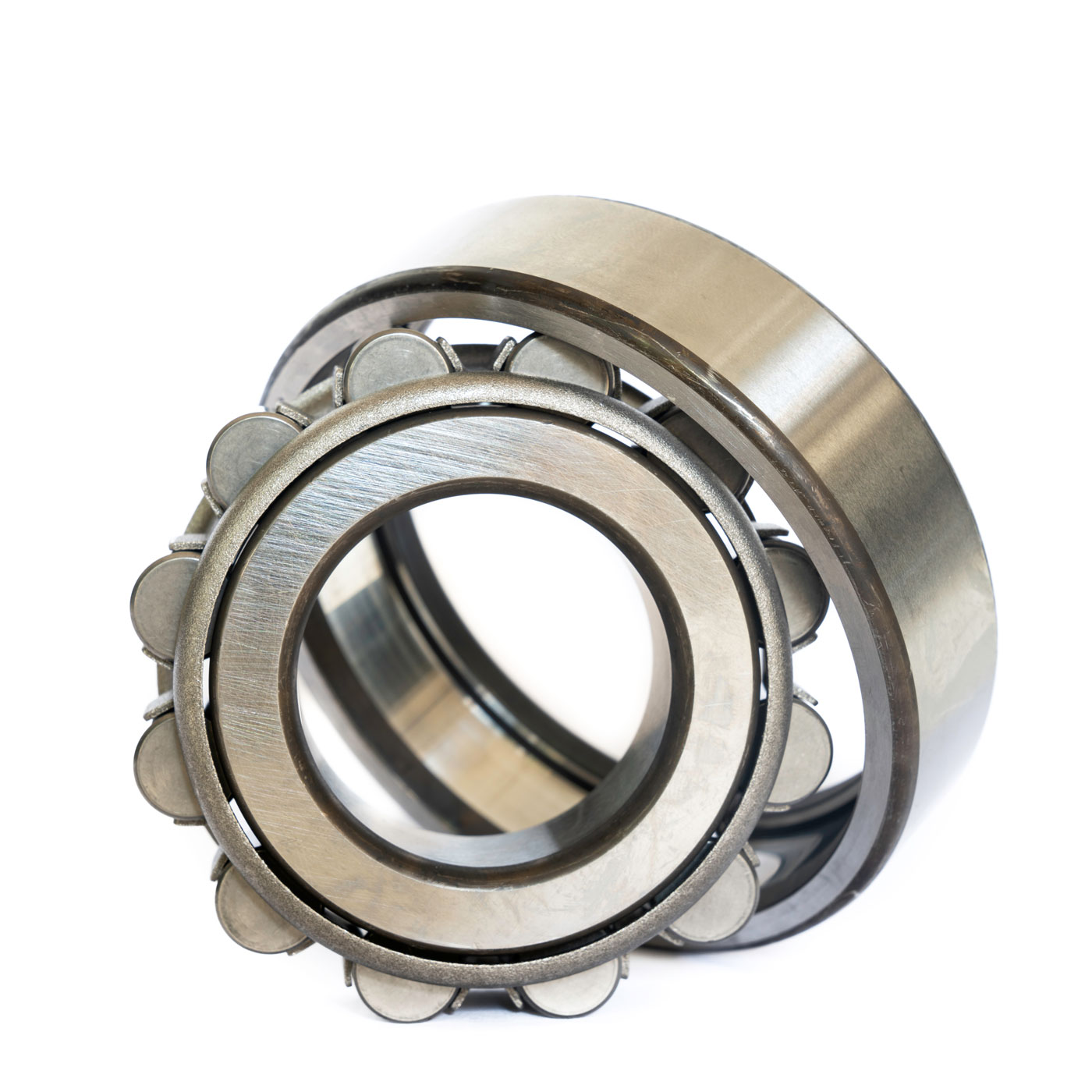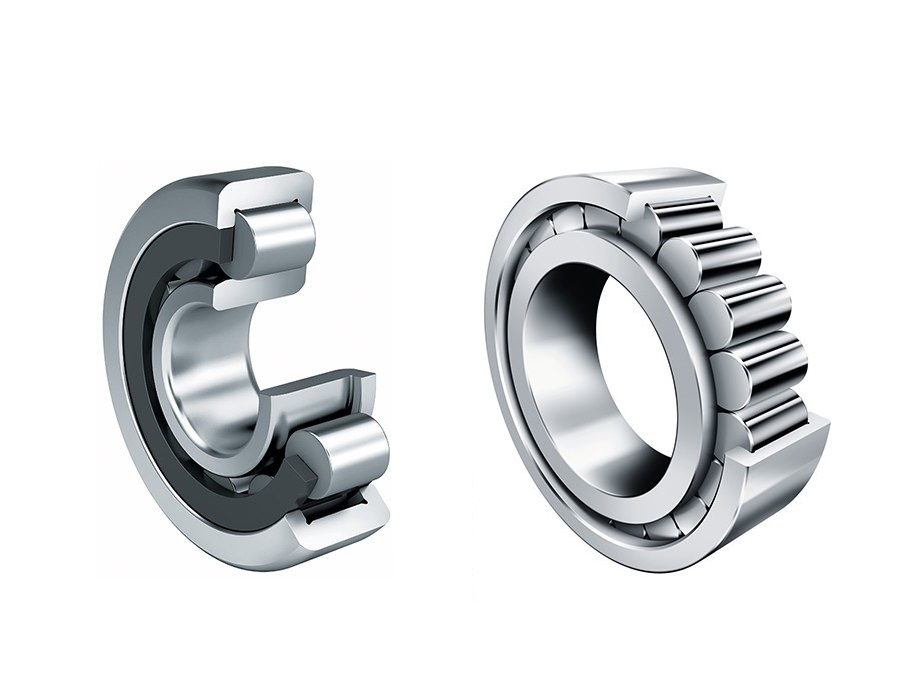How do Tapered Roller Bearings Enhance the Performance of Gearboxes and Transmissions?
Tapered roller bearings play a crucial role in enhancing the performance, efficiency, and reliability of gearboxes and transmissions in various applications, including automotive, industrial machinery, and power generation. These bearings are specifically designed to handle radial and axial loads, making them ideal for supporting rotating shafts and gear assemblies. Here’s how tapered roller bearings contribute to the performance of gearboxes and transmissions:
- Load Distribution:
Gearboxes and transmissions experience a combination of radial and axial loads due to gear meshing and torque transmission. Tapered roller bearings distribute these loads evenly across the rolling elements, minimizing stress concentrations and ensuring reliable operation.
- Axial Load Handling:
As gears transmit torque, axial forces are generated. Tapered roller bearings are capable of handling both radial and axial loads, ensuring stable and controlled motion while accommodating the forces generated by gear engagement.
- Reduced Friction and Wear:
Tapered roller bearings are designed with precision-matched rollers and raceways, reducing friction and wear. This results in smoother gear rotation, reduced heat generation, and extended component life.
- Optimized Axial Preload:
In certain applications, axial preload can be applied to eliminate internal clearance and enhance gear meshing performance. Tapered roller bearings allow for controlled axial preload adjustment, ensuring proper gear engagement and reducing backlash.
- Accurate Gear Alignment:
Tapered roller bearings aid in maintaining accurate gear alignment and positioning. This is critical for achieving smooth gear transitions, preventing misalignment-related wear, and reducing noise and vibration.
- Efficient Power Transmission:
Efficient gear operation is crucial for transmitting power from the input to the output shaft. Tapered roller bearings minimize energy losses due to friction, allowing more power to be efficiently transmitted through the gearbox or transmission.
- High-Speed Capability:
Tapered roller bearings are suitable for high-speed applications, making them suitable for gearboxes and transmissions where rapid gear shifts or changes in rotational speed are required.
- Reduced Noise and Vibration:
The smooth operation of tapered roller bearings contributes to reduced noise and vibration in gearboxes and transmissions. This leads to a quieter and more comfortable user experience.
- Long Service Life:
The robust design and high-quality materials used in tapered roller bearings enhance their durability and resistance to wear. This extends the service life of gearboxes and transmissions, reducing maintenance and replacement frequency.
- Enhanced Gearbox Performance:
Tapered roller bearings optimize the performance of gearboxes and transmissions, contributing to smoother gear shifting, improved fuel efficiency, better power transmission, and overall enhanced drivetrain performance.
Overall, tapered roller bearings are essential components that enhance the efficiency, reliability, and performance of gearboxes and transmissions in a wide range of applications.
Can cylindrical roller bearings be used in both radial and axial load applications?
Yes, cylindrical roller bearings are capable of supporting both radial and axial loads. They are designed to handle primarily radial loads but can also withstand certain axial loads depending on the bearing’s configuration and design features. Let’s delve into the details:
- Radial Load Capacity:
Cylindrical roller bearings are primarily designed to carry radial loads, which are perpendicular to the shaft’s axis. The cylindrical rollers distribute the load evenly along their length and transmit it to the raceways. The rings of the bearing, both the inner and outer rings, provide structural support and maintain the position of the rollers. The cylindrical shape of the rollers enables efficient load distribution, making cylindrical roller bearings suitable for applications with significant radial loads.
- Axial Load Capacity:
While cylindrical roller bearings are primarily designed for radial loads, they can also accommodate certain axial loads depending on their specific design features. There are different types of cylindrical roller bearings that offer varying degrees of axial load capacity:
- Single-row cylindrical roller bearings:
These bearings can accommodate limited axial loads in one direction. The axial load-carrying capacity is determined by the bearing’s internal design, including the shoulder and rib configurations on the inner and outer rings. Single-row cylindrical roller bearings with a full complement of rollers, where the cage is removed, can provide higher axial load capacity at the expense of reduced speed capability.
- Double-row cylindrical roller bearings:
Double-row cylindrical roller bearings have increased axial load-carrying capacity compared to single-row bearings. They can support axial loads in both directions and are often used in applications where combined radial and axial loads are present. Double-row cylindrical roller bearings have additional features such as increased rib height, modified internal clearance, or a different cage design to enhance their axial load-carrying capability.
- Multi-row cylindrical roller bearings:
Multi-row cylindrical roller bearings, such as four-row or six-row designs, offer even higher axial load capacity. These bearings are commonly used in heavy-duty applications where extremely high radial and axial loads need to be accommodated, such as rolling mills, crushers, or gearboxes.
It’s important to consider the specific load requirements of the application when selecting cylindrical roller bearings. Factors such as the magnitude and direction of the loads, the bearing’s speed capability, and any potential misalignment should be taken into account to ensure the bearing is properly sized and can handle the anticipated loads.
In summary, while cylindrical roller bearings are primarily designed to carry radial loads, they can also support certain axial loads depending on their design. Single-row, double-row, and multi-row cylindrical roller bearings offer varying degrees of axial load capacity, allowing them to be utilized in applications with combined radial and axial loads.
How do cylindrical roller bearings contribute to reduced friction and heat generation?
Cylindrical roller bearings play a crucial role in reducing friction and minimizing heat generation in various applications. Let’s explore how these bearings contribute to these important factors:
- Rolling Motion:
Cylindrical roller bearings facilitate rolling motion between the inner and outer rings, as well as the cylindrical rollers. This rolling motion significantly reduces friction compared to sliding or rubbing contact. Instead of sliding against each other, the rolling elements roll smoothly over the raceways, resulting in lower frictional forces. The reduced friction helps to minimize energy loss and heat generation within the bearing.
- Precision Manufacturing:
Cylindrical roller bearings are precision-engineered components manufactured to tight tolerances. The surfaces of the rollers and raceways are carefully finished to ensure smooth and precise contact. The high precision in the bearing’s construction minimizes irregularities and imperfections that could cause increased friction and heat generation. By maintaining close tolerances, cylindrical roller bearings optimize performance and reduce frictional losses.
- Lubrication:
Proper lubrication is essential for reducing friction and heat in cylindrical roller bearings. Lubricants create a thin film between the rolling elements and raceways, separating them and minimizing direct metal-to-metal contact. This lubricant film acts as a protective barrier, reducing friction and dissipating heat generated during operation. Adequate lubrication also helps to prevent wear, corrosion, and premature failure of the bearing.
- Cage Design:
Cylindrical roller bearings often incorporate a cage or separator that spaces and guides the rollers. The cage retains the individual rollers in their proper positions, preventing them from contacting and rubbing against each other. This design feature not only maintains the integrity of the rolling elements but also reduces friction and heat generation by minimizing contact between adjacent rollers. The cage also helps to maintain proper lubricant distribution throughout the bearing.
- Efficient Load Distribution:
Cylindrical roller bearings have a line contact between the rollers and raceways, which enables efficient load distribution. The cylindrical shape of the rollers allows them to bear loads along their length, spreading the load over a larger surface area compared to other bearing types. This even distribution of the load reduces localized stresses and friction at specific contact points, resulting in reduced heat generation.
- Heat Dissipation:
Cylindrical roller bearings are typically designed with features that facilitate heat dissipation. They may incorporate special heat-treated components, such as rings and rollers, that have enhanced heat resistance properties. Additionally, the bearing design may include features such as grooves, holes, or special surface coatings to improve heat dissipation and prevent the buildup of excessive temperatures within the bearing assembly.
By minimizing friction and heat generation, cylindrical roller bearings contribute to improved efficiency, reduced energy consumption, and extended bearing life. These factors are crucial in various applications where the performance, reliability, and longevity of rotating machinery are critical considerations.
editor by CX 2024-04-23




